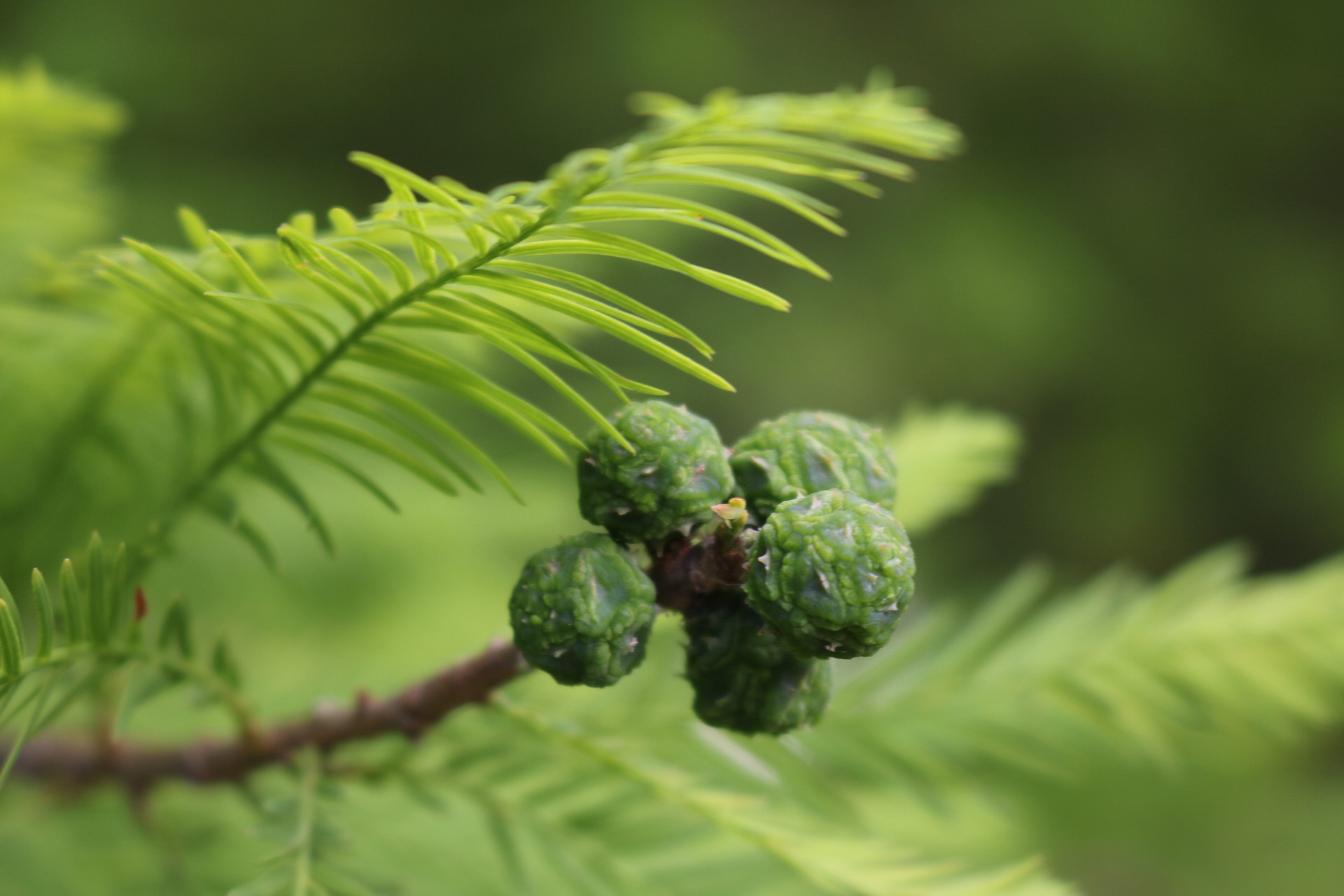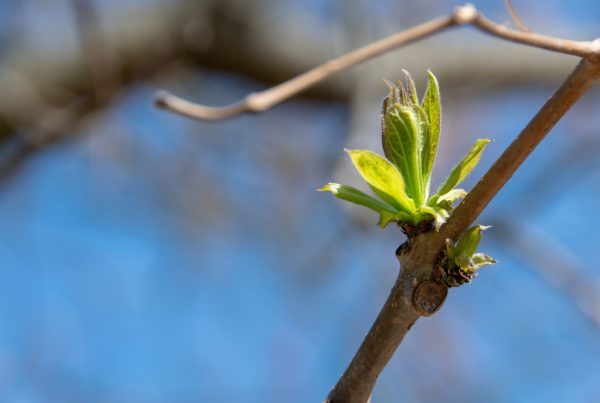If you lost a tree to emerald ash borer (EAB), there are many species to consider that better tolerate insect and disease issues. The following are some of our favorites that are suitable for planting in southeastern Wisconsin.
Bald Cypress
The bald cypress (Taxodium distichum) is a large tree with origins in the Midwest and is mostly found on city and suburban streets, in parks or near lakes. The needles are lacey – much like a fern – and turn a deep, russet red color in the fall. It’s one of the few conifers that drops its needles in the fall and grows new ones in the spring. A hardy tree, the bald cypress does well everywhere – whether in dry, wet, or swampy conditions.
• Size: Large, 40’ canopy
• Height: 50-70’
• Zones: 4 through 11
• Wildlife: birds, small mammals, water birds
Chinkapin Oak
The chinkapin oak (Quercus muehlenbergii) is a large, slow-growing tree native to Wisconsin. The oak’s flower buds appear in spring along with the leaves and bloom from April through June. The chinkapin oak shows excellent fall color – yellow and orange – on its chestnut-like leaves. It grows best in alkaline soil, though it can adjust well to most conditions except in wet soil. The chinkapin oak should be pruned in the dormant season to avoid oak wilt.
• Size: Large tree, can reach 75 feet
• Height: 50-60 feet
• Zones: 4 through 11
• Wildlife: squirrels, rabbits, and deer eat the small, sweet acorns




